The History of ACAAN
By Vanishing Inc. - Tuesday, December 13, 2022
As the world’s largest magic store, we see a lot of magic—especially card magic. A new card trick, or, more often, a new variation on an old favorite, is released basically every day. Among the seemingly endless list of card tricks you can learn, there are certain effects that always find a way to rise to the top. Legendary card magic plots that have stood the test of time to become the most popular card magic tricks ever.
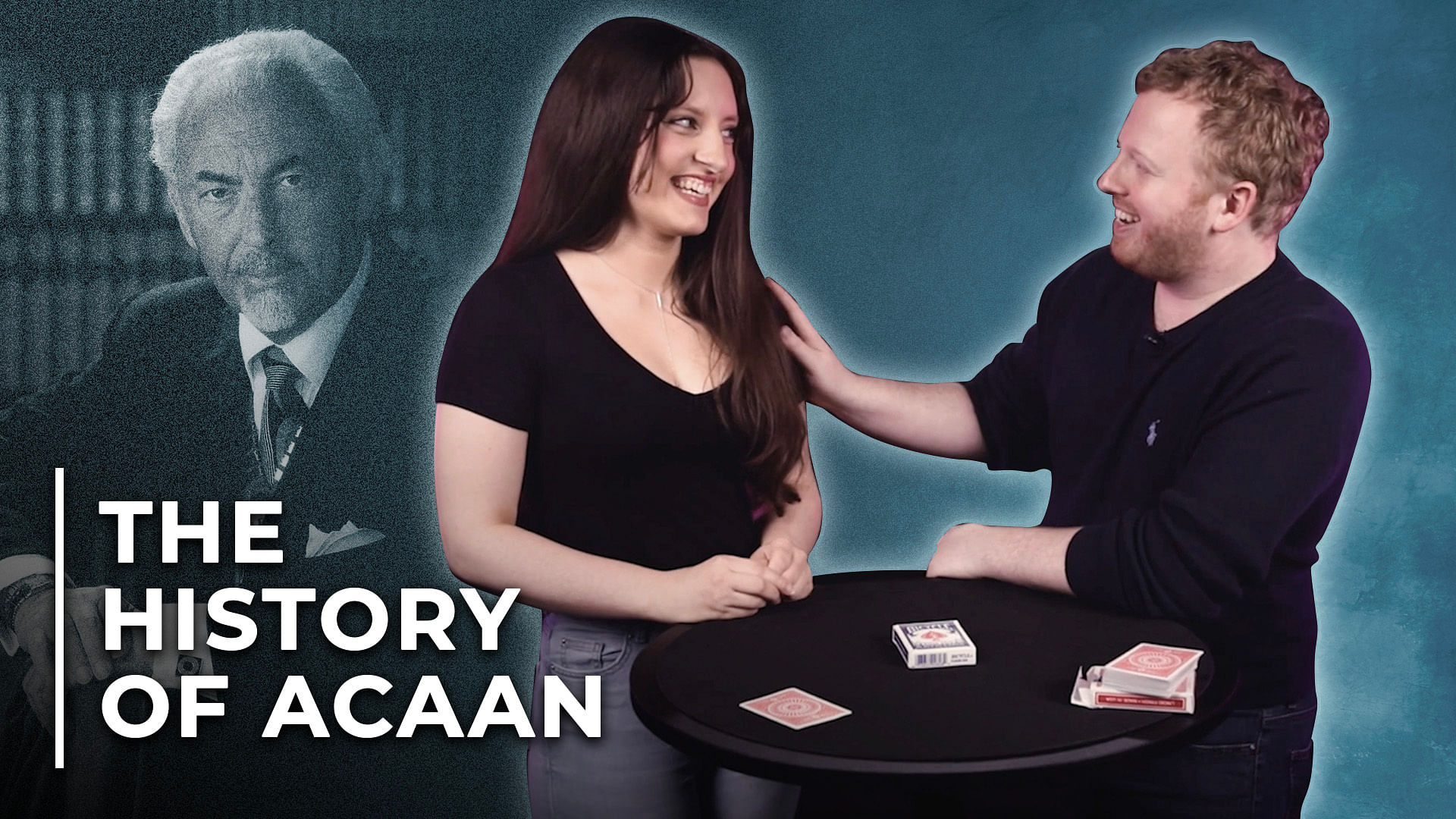
The Any Card at Any Number plot is an inarguable member of this exclusive club. Nearly every noteworthy magician that ever lived has staked their claim in the pantheon of ACAAN effects. While it sometimes feels impossible to keep up with the countless ACAAN variations that have been released, once in a while, a groundbreaking new version takes the community by storm.
When Christian Grace first showed us “Miracle One”, we knew immediately that it would be the next effect to join that special group. The “Level One” and “Inevitable Choice” creator developed a surefire way to perform an effect that is remarkably close to the revered “Berglas Effect” (more on that below). And it inspired us to take a look back at how this legendary plot evolved over the years. So, join us as we explore the history of the Any Card at Any Number Card Trick.
What is the Any Card at Any Number Card Trick?
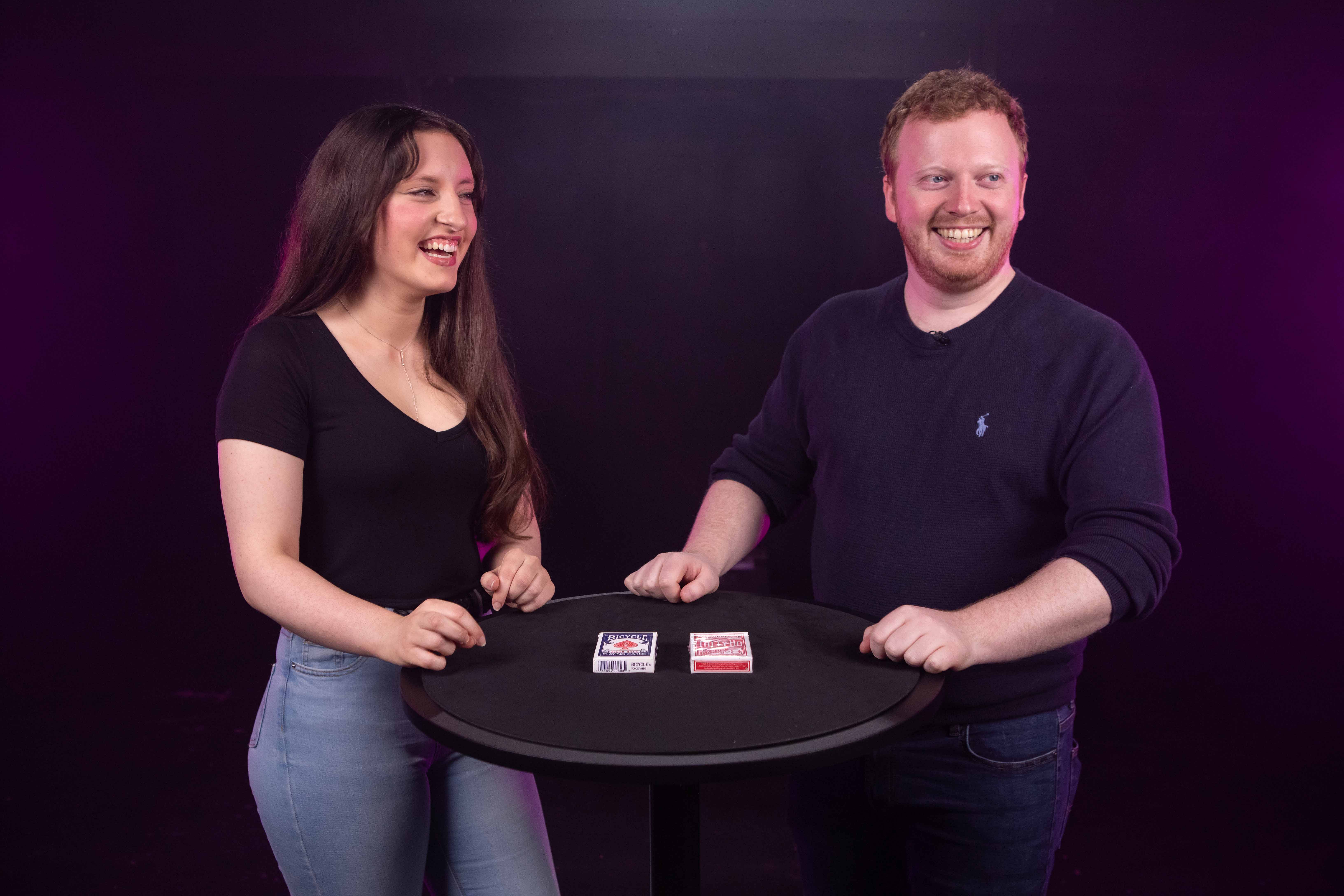
In its most basic form, the Any Card at Any Number (or ACAAN) is a classic card magic trick in which a freely selected playing card is found at a named number in a deck of cards.
Taking it one step further, here is the specific criteria you must meet to achieve the “Holy Grail” ACAAN effect (aka the “Berglas Effect”) according to Magicpedia:
- The decks of cards must remain in full view and can never be touched by the magician
- An audience member can genuinely choose any of the 52 available cards in a deck (or even name one)
- This audience member, or even another spectator, can freely choose any number between 1 and 52
- The audience member, or another spectator, counts down to the number themselves
Example: An audience member names the Ace of Spades and the number 33. They then take the deck and deal down to the number 33 to find the Ace of Spades.
Sound difficult? It is.
Some magicians go as far as saying this type of ideal effect can’t even be accomplished.
Is the “Berglas Effect” possible?
The short answer is yes. It is possible to perform the “Berglas Effect.” You can even find the secret to the “Berglas Effect” in Richard Kaufman’s aptly named book The Berglas Effects.
But, don’t expect to start performing the "Berglas Effect" right after reading the roughly 60-ish pages it takes to learn it though. There is no singular method you can use each time. Achieving this effect takes as much skill and improvisation as it does guts and bravado.
That hasn’t stopped this hands-off ACAAN effect from being one of the most talked about card magic tricks ever created. The mystery surrounding it has created such a sensation, The New York Times wrote an entire article about how David Berglas developed magic’s greatest card trick.
The History of ACAAN
 “A chosen card appearing at any number in a deck” is a very broad idea that makes tracing its lineage a tough task. But, the Conjuring Archive believes that the first origins of the ACAAN plot can be traced back as far as the late 18th century.
“A chosen card appearing at any number in a deck” is a very broad idea that makes tracing its lineage a tough task. But, the Conjuring Archive believes that the first origins of the ACAAN plot can be traced back as far as the late 18th century.
This means the basic plot was passed around magic circles during many of the most influential periods in magic’s history. Card magic legends like T. Nelson Downs, Dai Vernon, and Ed Marlo, among others, all developed “chosen card at number” style effects. But, most magicians and historians attribute the mainstream popularity of the ACAAN plot to the aforementioned David Berglas.
The first notable account of a Berglas ACAAN appeared in the early 1950s. Yet, it didn't really take off until it was officially dubbed “The Berglas Effect” by Jon Racherbaumer in his 1984 book At The Table. It was eventually enshrined forever as one of the greatest card magic tricks of all time (and also one of the most mysterious) when Kaufman’s The Berglas Effects was published.
What is the best way to learn ACAAN?
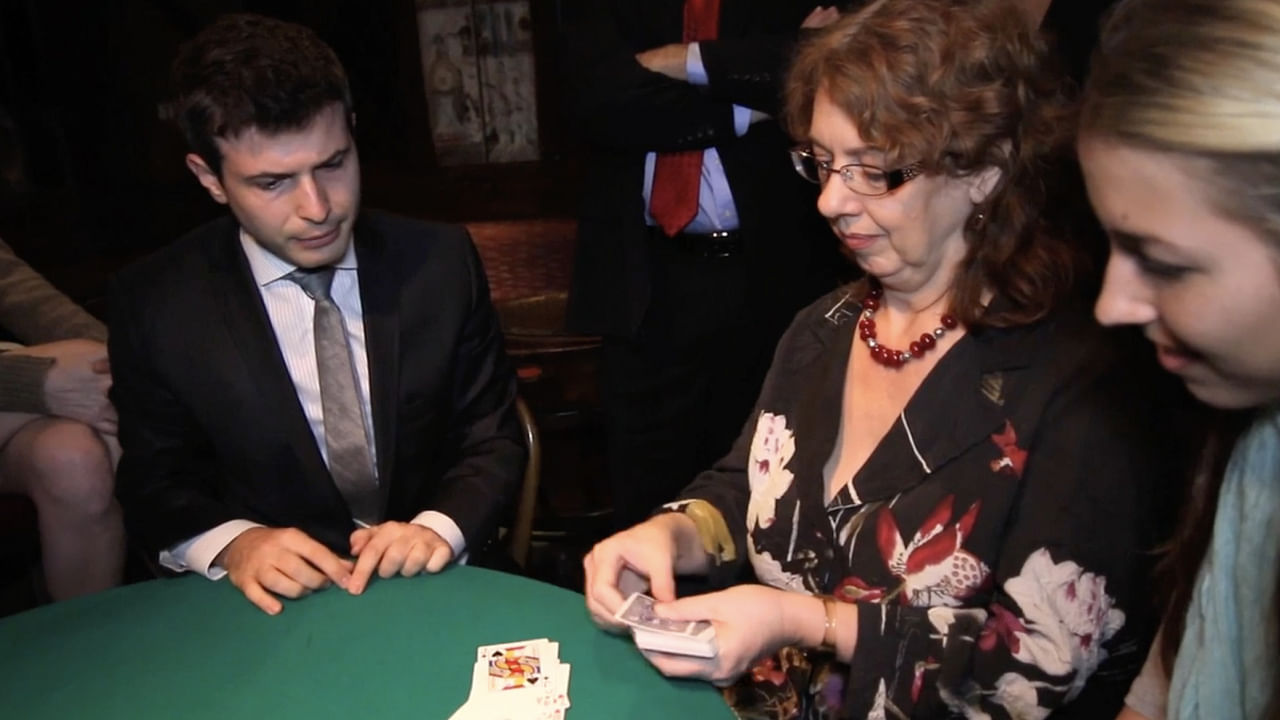
While the “Berglas Effect” is a truly perfect ACAAN and as close to real magic as possible, it is simply not practical enough for a working magician to perform regularly. That’s why magicians have introduced countless variations over the years.
Each addition to the iconic plot offers its own unique strengths. Choosing one really comes down to your own unique preferences.
There are many ACAAN variations that use just an ordinary deck of cards in a memorized order. Juan Tamariz’s “Mnemonica Stack” and Simon Aronson’s “Aronson Stack” have often been used to achieve ACAAN miracles. Asi Wind’s “A.A.C.A.A.N.” is another popular modern example.
Others will use gimmicked cards that make the effect much easier to perform. There are even magicians like R. Paul Wilson whose beloved “YAMFACAAN” uses a super clever method to perform a super easy-to-do, impromptu ACAAN effect without any trick deck required.
Dani DaOrtiz gets his own paragraph because the Spanish magician continues to outdo himself with innovative new ACAAN and CAAN effects. Dani takes full advantage of human psychology to create miracle-level card tricks like the one he used to fool Penn & Teller on Fool Us.
At the end of the day, you have to find an ACAAN effect that best suits your personality and skill level.
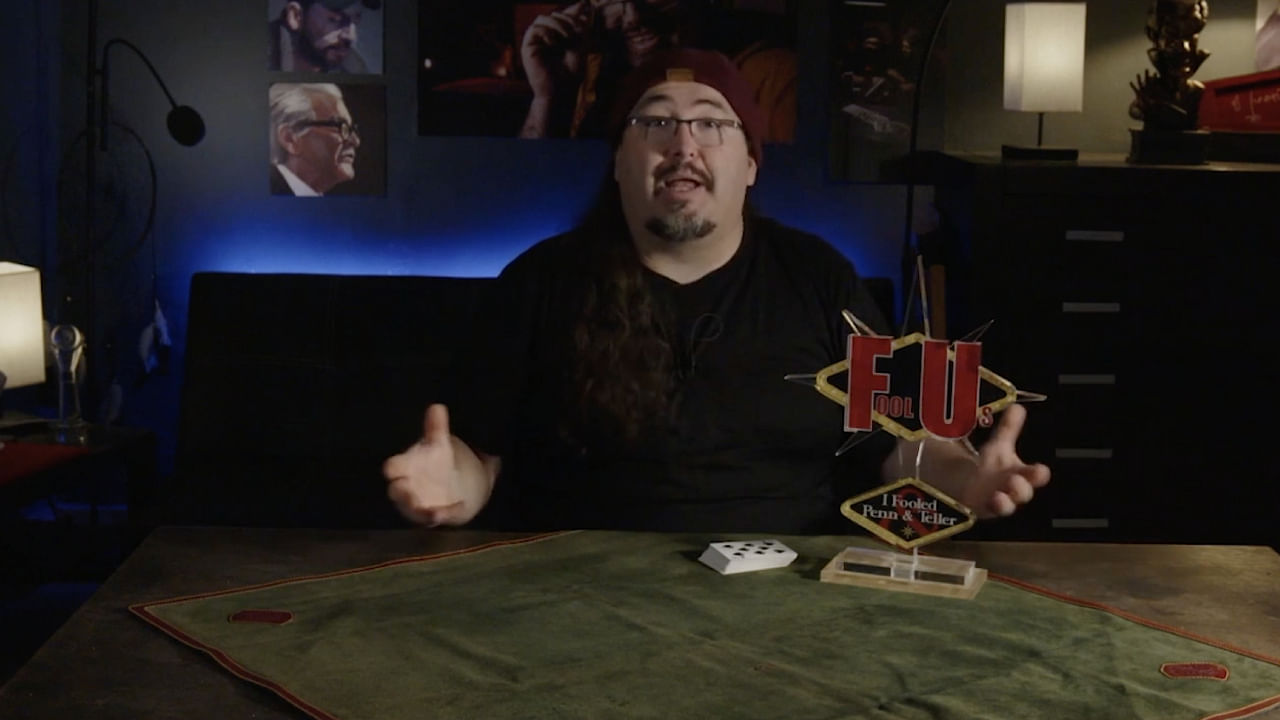
RELATED: Learn how Dani DaOrtiz fooled Penn & Teller. The “Dani DaOrtiz Fool Us Act” is available now exclusively at Vanishing Inc.
What is the difference between an ACAAN and a CAAN?
CAAN effects (aka Card at Any Number) are modified versions of the ACAAN plot in which the selected card is forced instead of being freely named. These CAAN-style routines are often much easier to perform and more practical, making them very popular among professional magicians and hobbyists alike.
There are actually quite a few marketed ACAAN effects that are technically CAAN effects. In these situations, it’s important to remember the difference between method and effect. The method may make it a CAAN to magicians, but the lay audience you perform it for sees the effect as an ACAAN. This vital distinction can sometimes be forgotten during the neverending pursuit to find new effects that fool your fellow magicians.
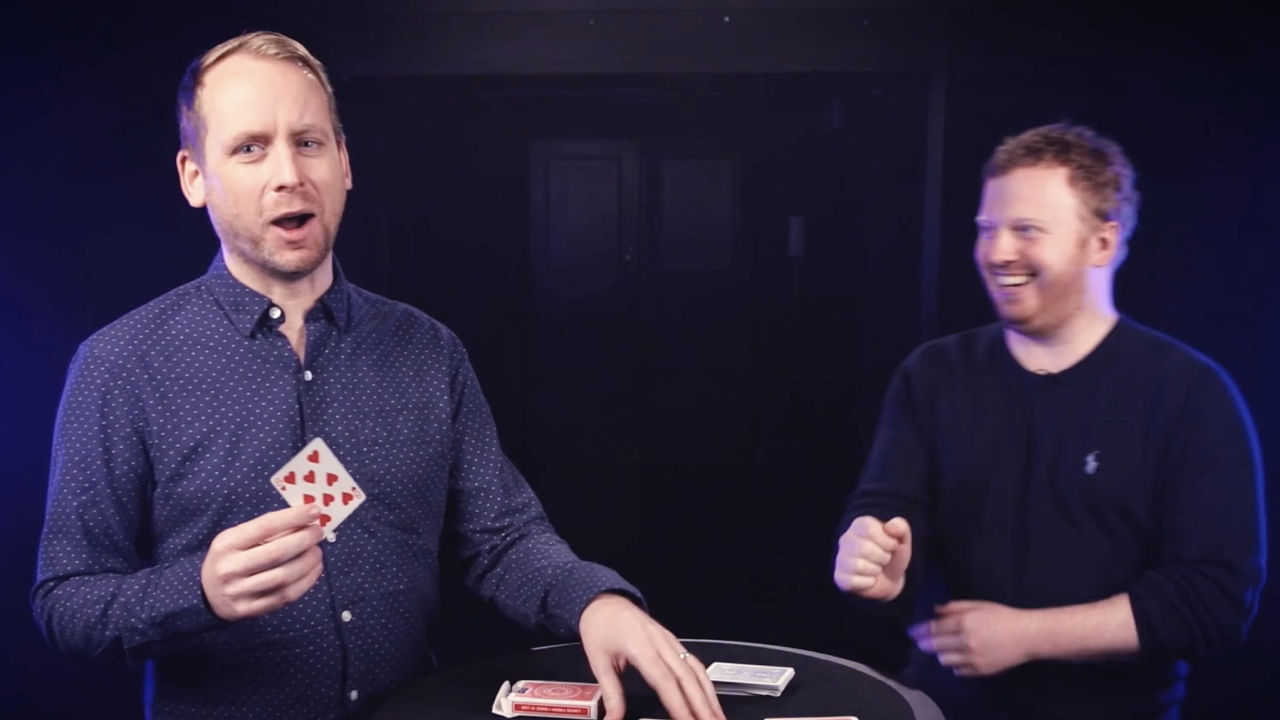
Christian Grace’s “Miracle One” falls into this category. From a method standpoint, it is technically a CAAN. But what makes it so powerful is that, from the viewpoint of the audience, it is an ACAAN.
A super clever combination of methods makes the spectator force the card on themselves, in their hands, without ever suspecting a thing. Combined with the fact that they seemingly choose any number, you get an incredibly fair ACAAN that toes the line of the perfect “Berglas Effect” in the eyes of your audience.
It’s no wonder why so many magicians begged Christian to release “Miracle One” when he first posted a video online. They couldn’t believe how clean and direct it was. Or how surprisingly easy it is to perform.
If you’re looking to learn a powerful ACAAN-style effect, that doesn’t require any complex sleight of hand, then “Miracle One” by Christian Grace is the perfect solution for you.
Grab your copy now while they’re still available!
Buy “Miracle One”
Back to blog homepage
Similar posts on the blog:

